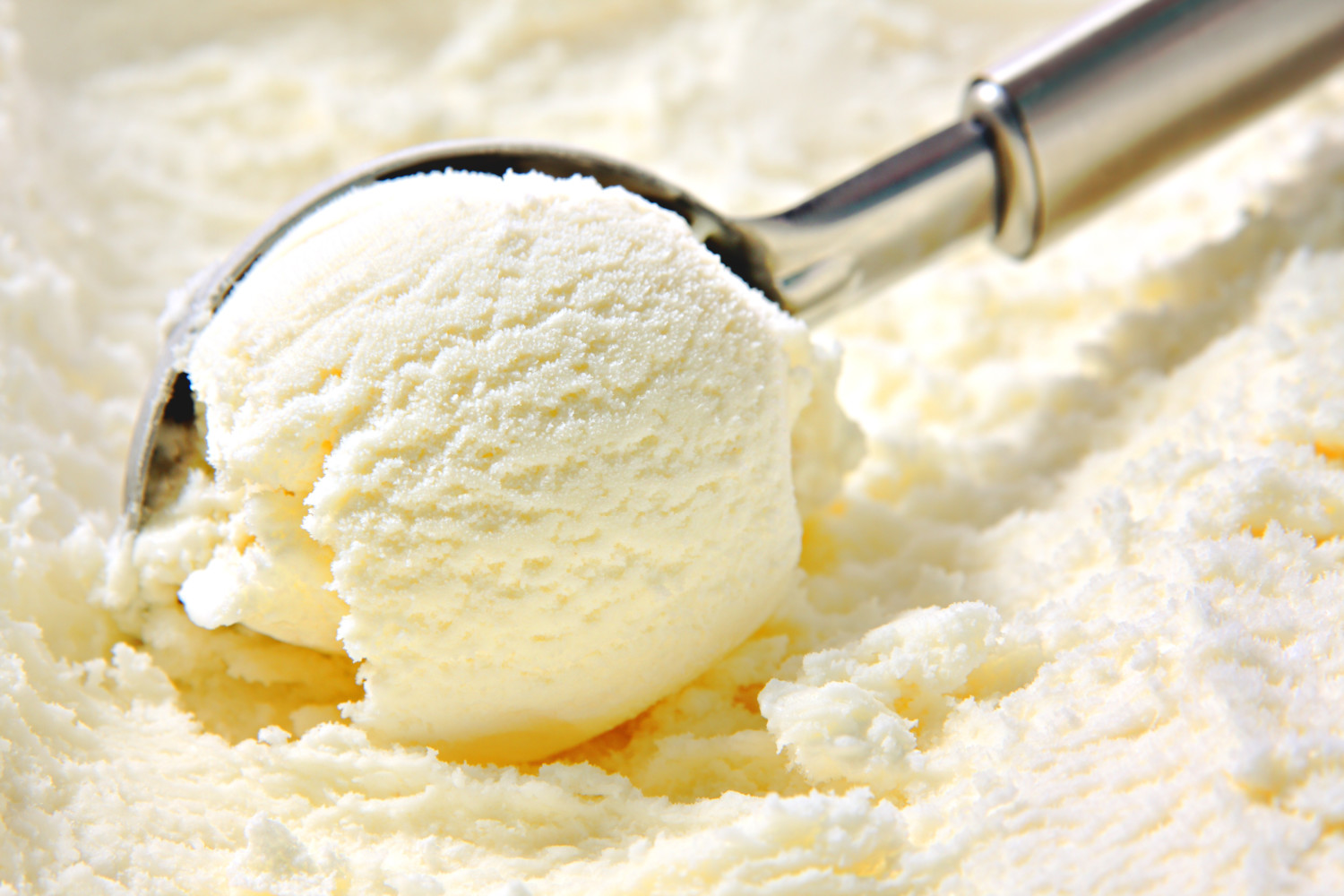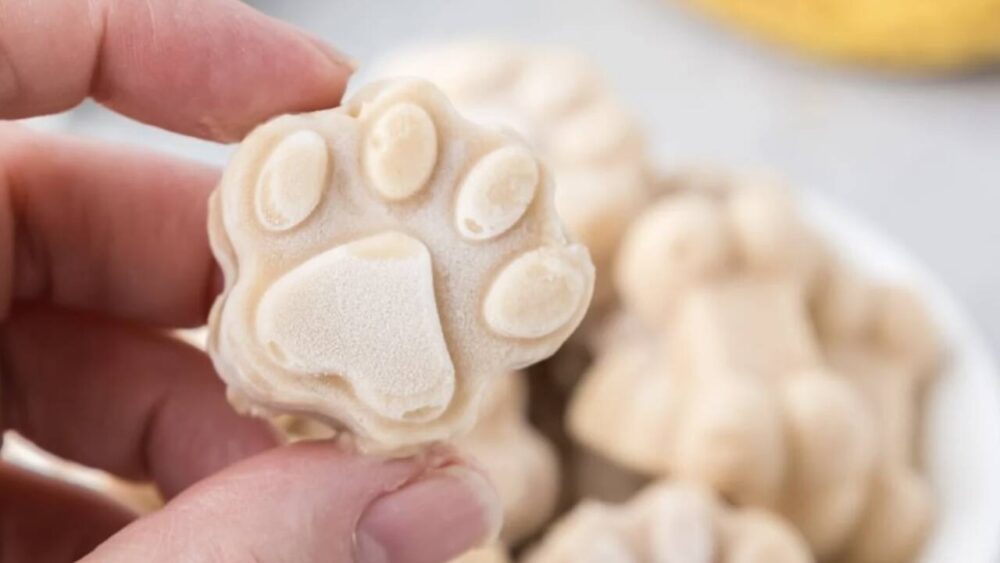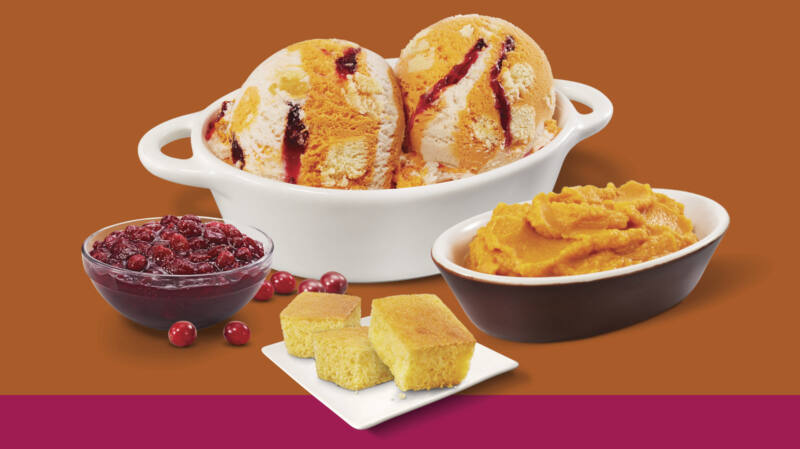What’s the difference between gelato and ice cream?

When the weather gets warmer and your sweet tooth cravings start to kick in, you may start to think about enjoying some ice cream or gelato. These frozen desserts certainly look alike when in the bowl or on a cone.
Still, ice cream and gelato are not interchangeable terms. It may seem picky to talk about the difference between gelato and ice cream, but each dessert has its own qualities that make it special. And, for some people, there is a clear choice of one over the other.
Maybe some of the confusion about the difference between gelato and ice cream comes from how the Italian word “gelato” actually means ice cream. So, technically, the words have the same definition. Confusing, right?
However, if you were to order gelato and your friend decided to get ice cream, you’d notice some striking contrasts between what you get served. Both are good, for sure. But, in very different ways.
We’ve got the scoop on both gelato and ice cream, so you know exactly what you’re ordering the next time you go out for dessert.
4 Major Differences Between Gelato And Ice Cream
Most of the distinctions between the two focus on preparation, ingredients, and serving style.
Ingredients
The core ingredients for both gelato and ice cream are cream, milk, and sugar. However, the proportions of these ingredients vary between the two.
“As the name implies, ‘ice cream’ contains more cream than milk, whereas gelato is made with a greater proportion of whole milk to cream,” The Spruce Eats said.
Specifically, ice cream typically contains at least 10% butterfat and can go up to about 25%, depending on the manufacturer.
Ice cream often also has egg yolks in its mixture to help stabilize the cream when frozen, as well as to help boost its rich texture. Usually, this amount remains under 1.4% — otherwise, ice cream starts verging into frozen custard territory.
Gelato, however, has a lower butterfat content than ice cream with only about 4 to 9%, according to the Food Network. Also, eggs are not used to make gelato.
These ingredient deviations make a big difference in gelato versus ice cream in terms of how they feel on the tongue and how we experience the flavor of each dessert. Ice cream’s higher fat content coats our tongues more, but the flavors can be a bit muted. The flavor of gelato can be more pronounced because our taste buds are not coated with the extra butterfat.
Churning Process/Adding Air
While both gelato and ice cream need to be churned to achieved their silky, frozen fabulousness, the amount and speed of the mixing vary.
Gelato is churned for a shorter time, which means air doesn’t have as much of a chance to get folded into the mix.
“There is a lot less air churned into gelato than into American ice cream, [a process] known as overrun,” Morgan Morano, author of “The Art of Making Gelato,” told NPR.
Morano said American ice cream can be up to 50% air, which makes it lighter in weight and texture.
That leads us to the next major difference between gelato and ice cream.
Creaminess
Ice cream may sound like it would have a creamier texture (it’s right in the name, after all.) But, all of that churned air and butterfat content actually make it less creamy than gelato when served.
The lack of air in gelato makes it “smoother and silkier than its American counterpart,” NPR noted, therefore creating a more dense dessert.
Temperature
Finally, another major difference between gelato and ice cream is the temperature at which each is made and served.
Morano explained to Reader’s Digest that commercial ice cream makers use continuous freezers to make and then keep the product at about -40 degrees. Gelato is kept at about -12 degrees and is created using discontinuous batch freezers, which are designed to make smaller runs of more limited products.
When gelato is served, there’s no need for it to be scooped out of a container. Morano said that a gelato spade, which is more spatula-like, is used because the dessert is typically served about 10 to 15 degrees warmer than ice cream: about 7 to 12 degrees Fahrenheit. This temperature allows the much softer gelato to keep its form but doesn’t numb the tongue, the way ice cream does when dished out.
No matter which one you choose, you really can’t go wrong with gelato or ice cream. Now the hardest decision may be which flavor is your favorite!









